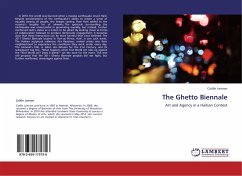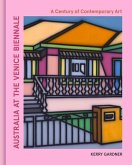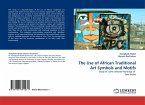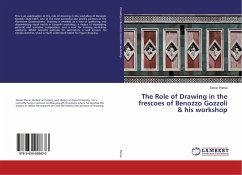In 2010, the world was stunned when a massive earthquake struck Haiti. Despite proclamations of the earthquake s ability to create a sense of equality among all people, the images coming from Haiti added to the country s lengthy list of ailments. The spectacle surrounding the earthquake was unsuccessful in generating equality, but instead, further reinforced Haiti s status as a nation to be pitied. By looking closer at forms of collaboration believed to produce democratic engagement, it becomes clear that these interactions can be more harmful than once believed. The 2011 Ghetto Biennale located in Port-au-Prince, Haiti, is one such event. The Haitian sculptural collective Atis Rezistans, invited artists into their neighborhood to experience the conditions they work under every day. The biennial s title, A Salon des Refusés for the 21st Century, and its subsequent tag line, What happens when First World Art rubs up against the Third World art? Does it bleed? set the tone for the event. This text will propose that the 2011 Ghetto Biennale projects did not fight, but further reaffirmed, stereotypes against Haiti.
Bitte wählen Sie Ihr Anliegen aus.
Rechnungen
Retourenschein anfordern
Bestellstatus
Storno








